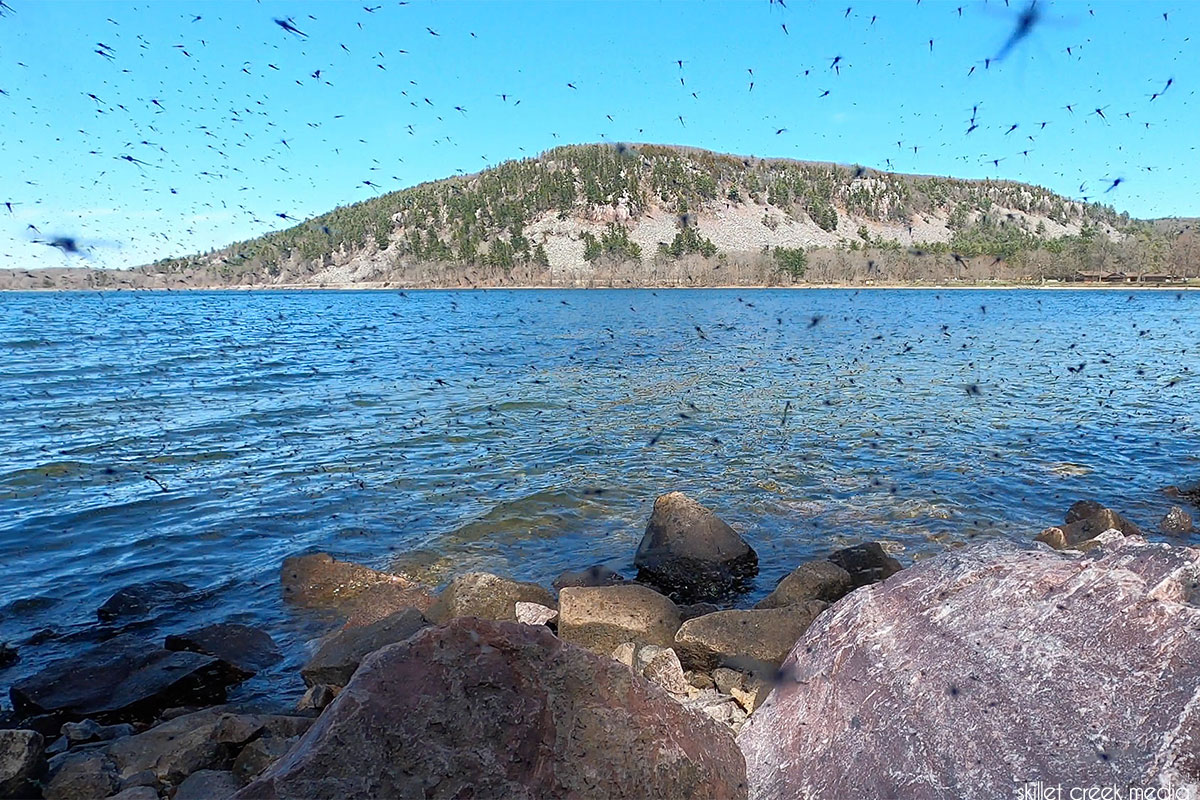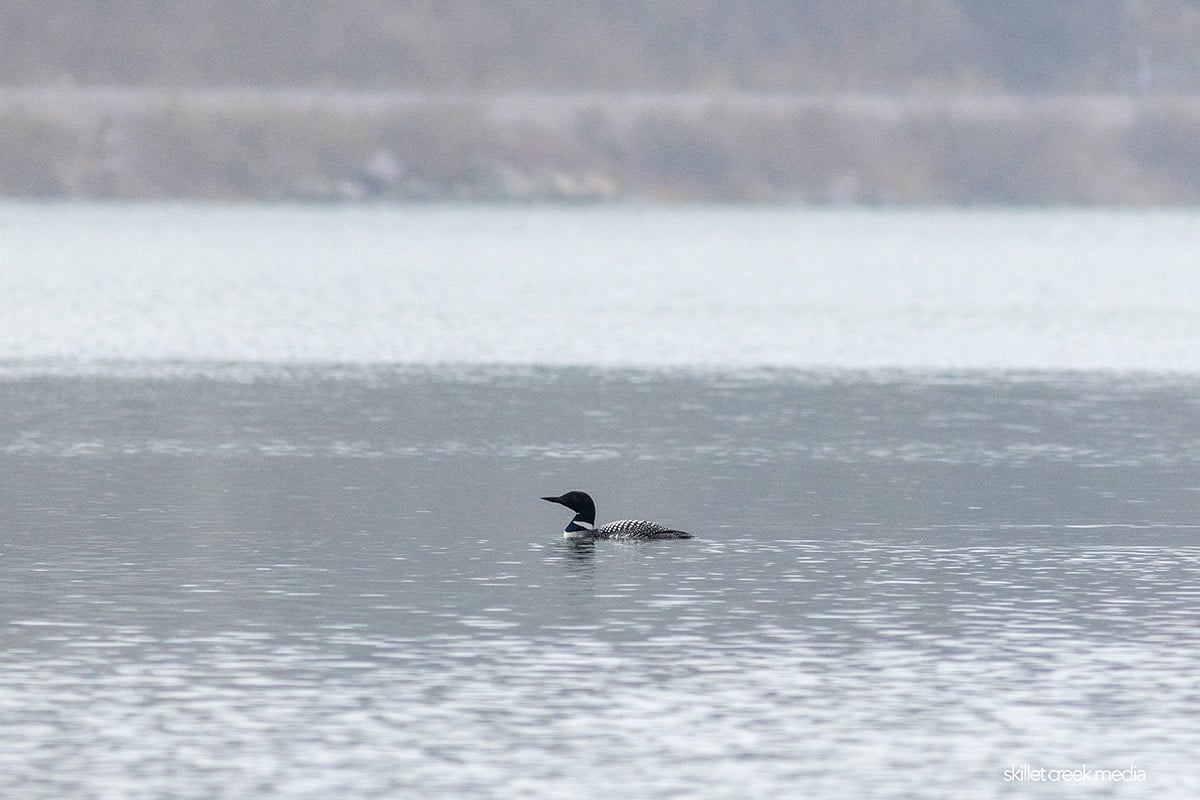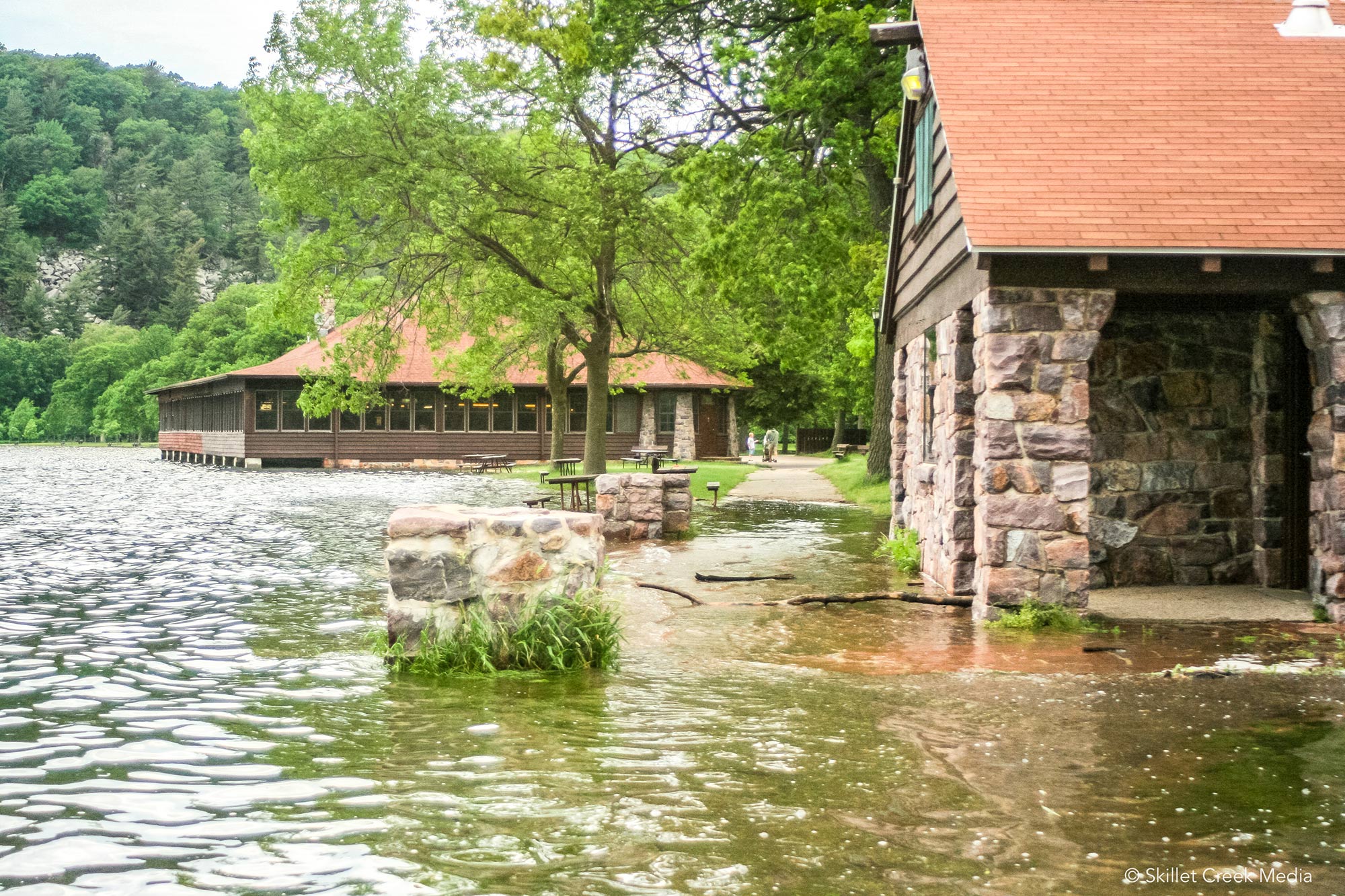Attention park visitors! The annual lake fly hatch is currently in full effect around Devil's…
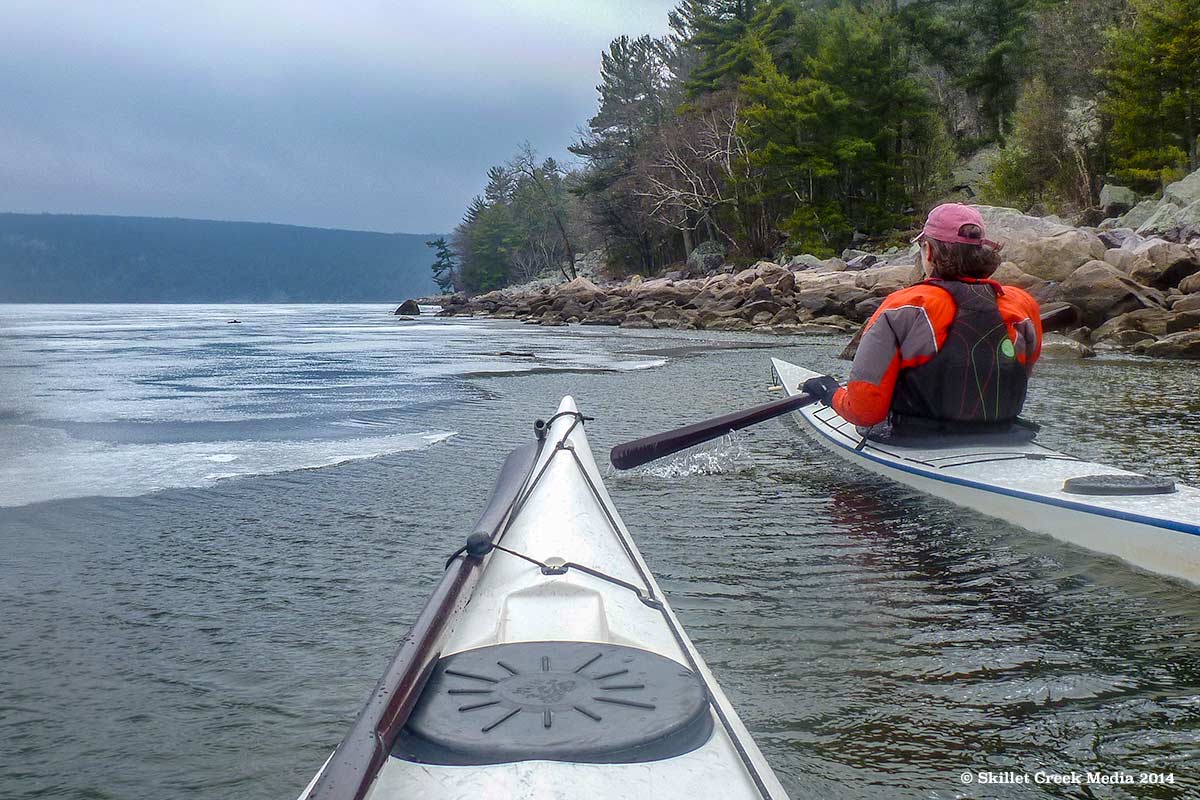
Updated 03/22 – When the ice comes off the lake each year here at Devil’s Lake State Park, that means people will be in a rush to get out on the water. Well, hold up there cowboy, the water is cold! Waay Cold!! So cold that if you fall out of your boat, canoe, or kayak without the proper gear you could die within minutes. No, seriously!
When it comes to cold water, “risk” comes in stages. The first risk you take when hitting the water this time of year is called “Cold Shock”. Cold shock happens when your body is suddenly immersed in cold water and can kill you within 3-5 minutes. Cold shock has been seen even in water temperatures as high as 77°F! (The water at Devil’s Lake in March & early April is between 40f & 50F) Sudden immersion in cold water can cause a gasp reflex and drowned you almost instantly. If you survive the initial hit, your body can spasm and breathing rates will increase rapidly. You may experience extreme muscular pain. You will be gasping for air. The combination of muscle spasms and rapid breathing will make swimming nearly impossible at first. During the first few moments after you find yourself in the water, you will likely put your face into or below the surface of the water whether you want to or not. It only takes an inhalation of about five ounces of water to cause drowning. You don’t want to be in this situation.
If you manage to survive the first few seconds of cold water immersion, the clock is running. Now the risk you are facing is called “Swimming Failure”. You can expect to have anywhere from 5-30 minutes to get to safety before you simply won’t be able to swim. There are many variables here, water temps, how you’re dressed, you’re general health, etc. Thing is, most people will go out in a boat figuring that if they do fall in, they have time to swim to shore even if it’s cold. A big mistake. You see, your ability to swim quickly deteriorates with each minute of cold water immersion. Your muscle control is slipping away and even your ability to think will wear away. Boaters who have fallen in often learn that getting back in their boats just isn’t as easy as they assumed. Often they simply decide to swim for shore. As they fight seizing muscles to swim in the cold water, they will continuously struggle for air. Their muscles will quickly weaken and feel numb. Sometimes swimmers just never make it to shore.
All during this “Swimming Failure” stage, you are slipping into hypothermia. Even if you make it to shore, you’ll still be facing hypothermia and will need to warm up quickly but correctly. Click here for a detailed article on hypothermia from Playak.com.
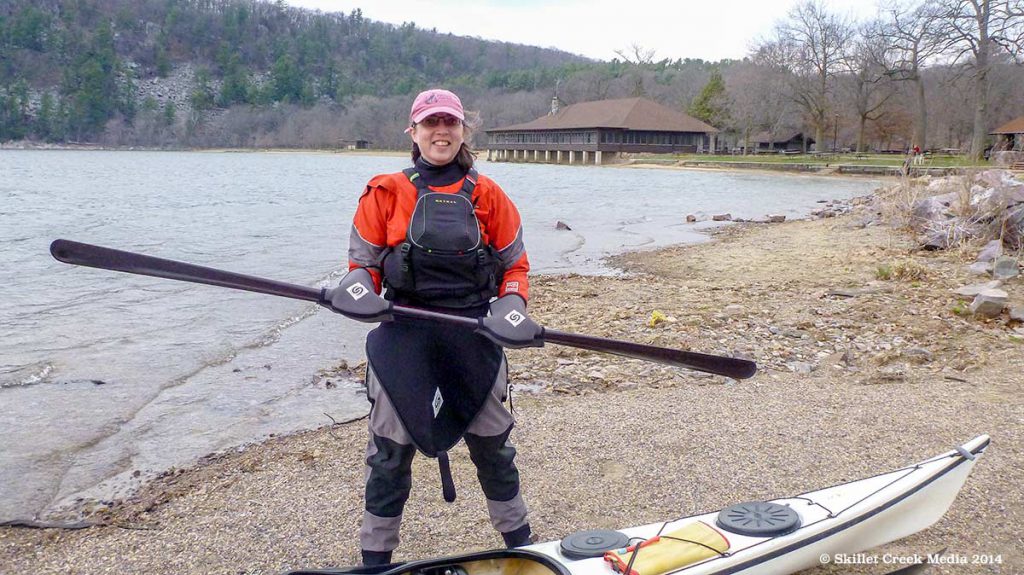
In the world of kayaking, we say, “Dress for the water, not for the air.” In the picture above, Devil’s Lake State Park’s naturalist, Sue Johansen is dressed for cold water paddling on Devil’s Lake. She is wearing a drysuit which doesn’t allow water to touch her skin through the suit. Under the drysuit, she’s wearing multiple layers of wicking, insulating materials to stay warm. She is wearing a life jacket specially designed for kayaking /canoeing in that it fits comfortably and will stay on when you fall in the water. (Those cheap orange life jackets will often just fall off when you fall in!) Keeping your hands warm and functioning is imperative to safety. To keep her hands warm, Sue is wearing thick neoprene dive gloves. She also slides her gloved hands into neoprene pogies that wrap around her paddle. Pogies reduce heat loss due to transpiration by protecting your hands from the wind. Sue’s feet are also protected by the drysuit with warm wicking socks underneath. She also wears a pair of thick neoprene boots to add more insulation (And traction on the rocks!). Even wearing a simple hat will help you hold heat in your body. (Sue has also learned to roll her kayak back upright without getting leaving the boat, in case she was to go over.)
Proper clothing doesn’t guarantee safety of course, but will increase your survival time exponentially! With proper gear you will have time to think through your situation and arrive at a good solution which may mean calling for help (If you have a dry phone or radio), getting back into your boat or swimming to shore.
So how long do you have to dress like this to really be safe on the water? Well, how much of a risk taker are you? You definitely are facing some risk of cold water shock all year in Wisconsin’s lakes and rivers. You do need to get to know yourself as well. Hypothermia can sneak up on you even in warm conditions. Heck, when I circumnavigated Puerto Rico by sea kayak in 2007, the water temperature was around the 80-degree mark and the air was nearly 100f, and still with a wind, I’d start feeling cold after hours on the water. There would be nights when I’d be on the beach in my tent, shaking while wrapped in my sleeping bag! The risk of hypothermia is always there.
The point is, cold water is more dangerous than most people realize. After a long winter here in Wisconsin, many of us want to get on the water desperately and often take more risks than we should. Right now, it’s just too cold to be in without proper gear. And this year, the cold water will remain later into the season due to the cold spring we’ve had. So, be careful out there. Stay safe!
If you’d like to give kayaking a try, keep your eye out for nature center kayak tours at Devil’s Lake this summer.
More Reading:
- Gasp! The Four Stages of Cold Water Immersion
- ColdWaterSafety.com
- Anatomy of a Bad Decision by Moulton Avery for Sea Kayaker Magazine.
- Hypothermia Chart – See how much time you may have depending on water temps…
- Always Dress for the Water Temperature
- Kayaking and Cold Water Immersion – by Eric Soares, co-founder of the Tsunami Rangers (Be sure to read the comments!)

For nearly 2 decades the Skillet Creek blog has focused on 3 main goals; To inspire you to visit and explore the Devil’s Lake region, to help you get the most your visit by sharing tips, events, and other helpful information. Lastly to advocate for our environment & wildlife and talk about how we can keep our natural areas amazing now and into the future! That last goal can sometimes cause controversy, but it’s the only way we can accomplish the first two. – Derrick Mayoleth, Owner.

